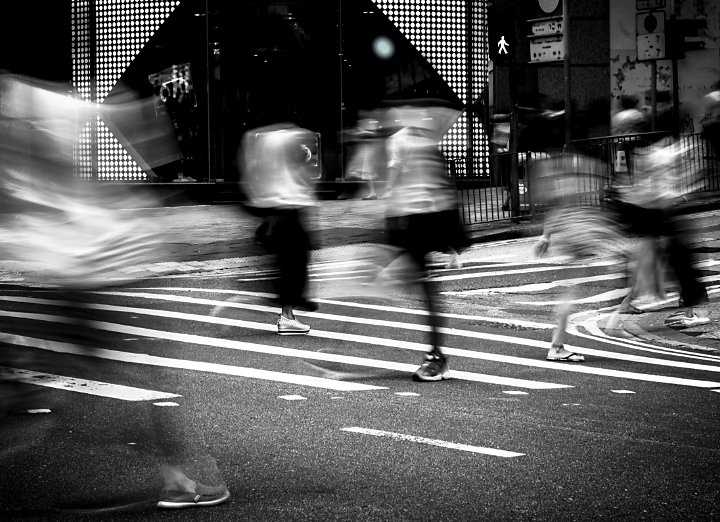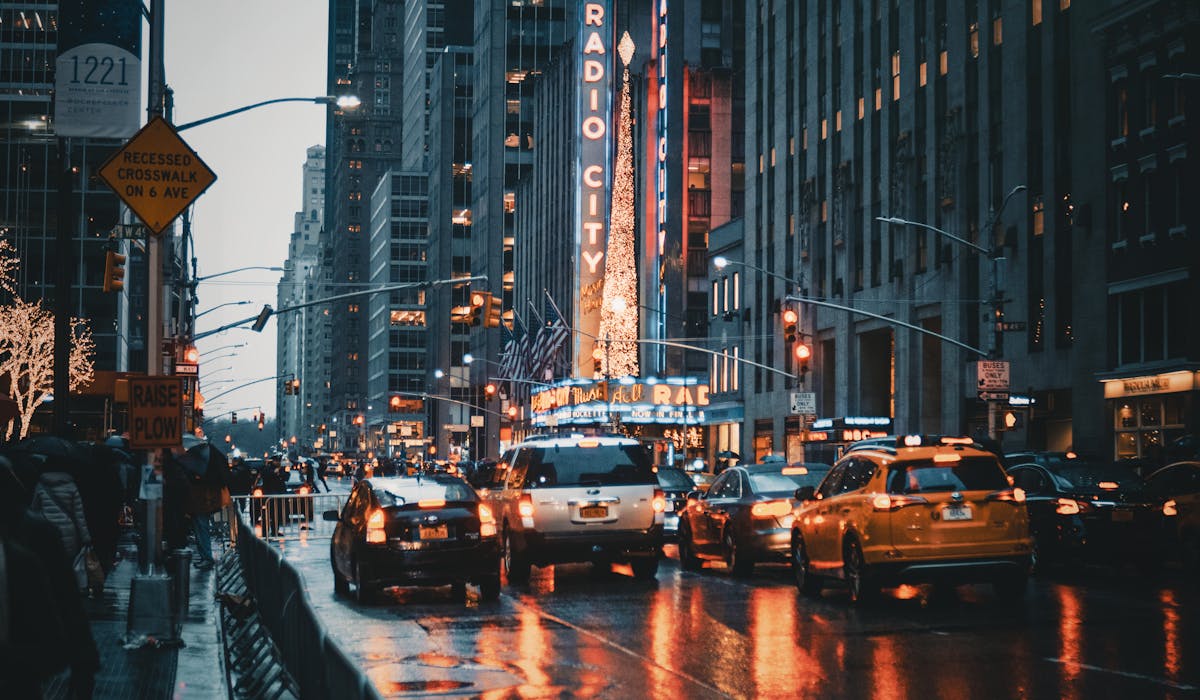About Framing Streets
Not known Facts About Framing Streets
Table of ContentsThe Main Principles Of Framing Streets Get This Report on Framing StreetsThings about Framing StreetsFraming Streets Things To Know Before You Buy6 Easy Facts About Framing Streets ExplainedFraming Streets Fundamentals Explained
Photography category "Crufts Pet dog Show 1968" by Tony Ray-Jones Street digital photography (also often called candid photography) is digital photography carried out for art or inquiry that features unmediated possibility encounters and random occurrences within public locations, generally with the aim of recording images at a decisive or touching moment by cautious framing and timing. 
The 6-Minute Rule for Framing Streets
Susan Sontag, 1977 Street photography can concentrate on individuals and their actions in public. In this regard, the road photographer is similar to social docudrama professional photographers or photographers that additionally operate in public locations, but with the aim of recording relevant occasions. Any one of these photographers' photos might catch people and building noticeable within or from public places, which usually involves navigating moral problems and regulations of personal privacy, security, and home.
Depictions of everyday public life develop a category in almost every period of world art, starting in the pre-historic, Sumerian, Egyptian and very early Buddhist art periods. Art dealing with the life of the street, whether within views of cityscapes, or as the leading theme, appears in the West in the canon of the North Renaissance, Baroque, Rococo, of Romanticism, Realism, Impressionism and Post-Impressionism.
The Ultimate Guide To Framing Streets
Louis Daguerre: "Blvd du Holy place" (1838 or 1839) In 1838 or 1839 the first photo of figures in the road was taped by Louis-Jacques-Mand Daguerre in one of a pair of daguerreotype views taken from his workshop window of the Boulevard du Holy place in Paris. The second, made at the height of the day, reveals an unpopulated stretch of street, while the various other was taken at concerning 8:00 am, and as Beaumont Newhall reports, "The Boulevard, so continuously loaded with a relocating crowd of pedestrians and carriages was perfectly solitary, except a person who was having his boots combed.
His boots and legs were well specified, yet he is without body or head, because these were in movement." Charles Ngre, waterseller Charles Ngre. https://framingstreets1.wordpress.com/2024/01/10/framing-streets-exploring-life-through-street-photography/ was the initial photographer to achieve the technical sophistication required to register individuals in movement on the street in Paris in 1851. Professional Photographer John Thomson, a Scotsman functioning with reporter and social lobbyist Adolphe Smith, published Road Life in London in twelve monthly installments beginning in February 1877
The Only Guide to Framing Streets
Eugene Atget is considered as a progenitor, not due to the fact that he was the first of his kind, however as an outcome of the popularisation in the late 1920s of his record of Parisian roads by Berenice Abbott, that was influenced to take on a comparable documentation of New York City. [] As the city established, Atget helped to promote Parisian streets as a worthwhile subject for digital photography.

Some Known Incorrect Statements About Framing Streets
Martin is the first taped photographer to do so in London with a masked video camera. Mass-Observation was a social research study organisation established in 1937 which intended to record day-to-day life in Britain and to tape-record the responses of the 'man-in-the-street' to King Edward VIII's abdication in 1936 to wed divorce Wallis Simpson, and the succession of George VI. The chief Mass-Observationists were anthropologist Tom Harrisson in Bolton and poet Charles Madge in London, and their very first record was generated as the book "May the Twelfth: Mass-Observation Day-Surveys 1937 by over 2 hundred observers" [] Window cleaner at Kottbusser Tor, Berlin, by Elsa Thiemann c. 1946 The post-war French Humanist School digital photographers discovered their topics on the road or in the bistro. In between 1946 and 1957 Le Groupe des XV annually exhibited job of this kind. Andre Kertesz. Circus, Budapest, 19 May 1920 Street photography developed view the major content of two exhibitions at the Museum of Modern Art (Mo, MA) in New york city curated by Edward Steichen, 5 French Professional Photographers: Brassai; Cartier-Bresson, Doisneau, Ronis, Izis in 1951 to 1952, and Post-war European Photography in 1953, which exported the principle of road digital photography internationally.

Getting The Framing Streets To Work
, after that a teacher of young children, linked with Evans in 193839.'s 1958 publication,, was significant; raw and usually out of focus, Frank's photos examined mainstream digital photography of the time, "tested all the formal policies laid down by Henri Cartier-Bresson and Pedestrian Evans" and "flew in the face of the wholesome pictorialism and wholehearted photojournalism of American publications like LIFE and Time".